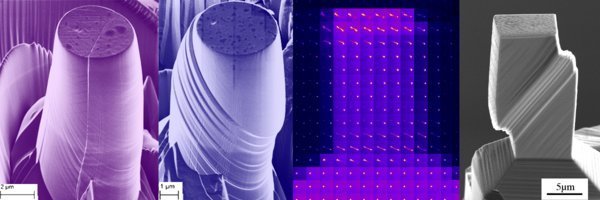Thermoelectric materials can convert largely untapped heat energy sources, e.g. geothermal or industrial waste heat, into sustainable electricity. Despite their high potential, efficient thermoelectrics are rare. High thermoelectric conversion efficiency requires high electrical conductivity (σ) but low thermal conductivity (κ), a rare combination…


